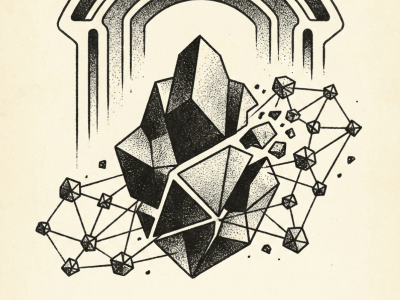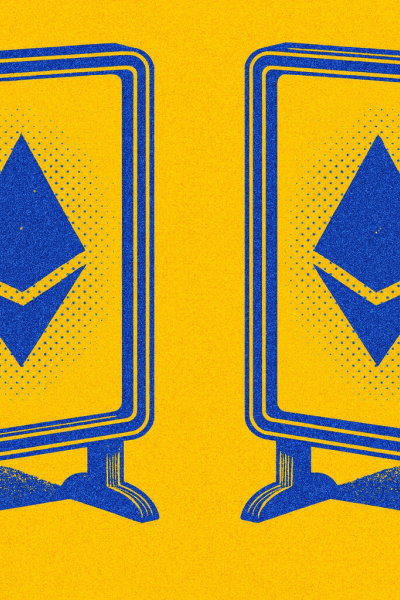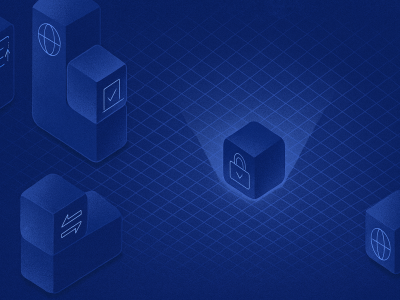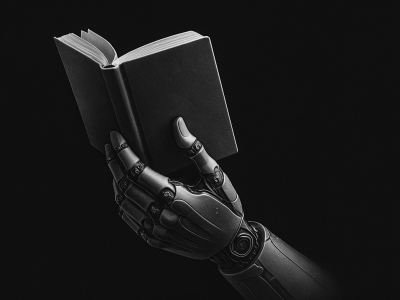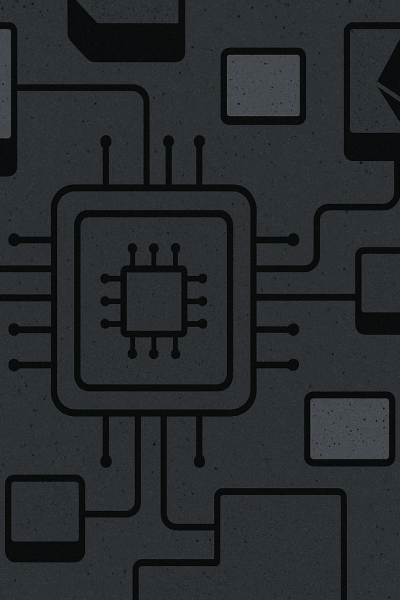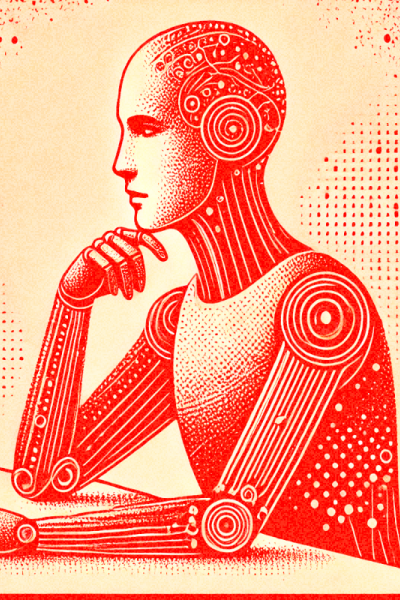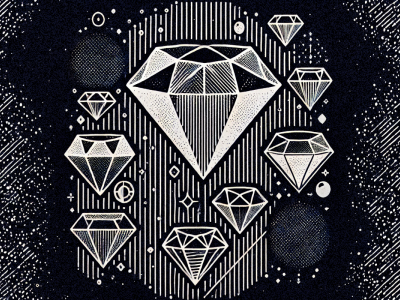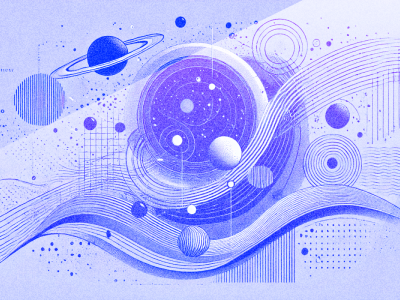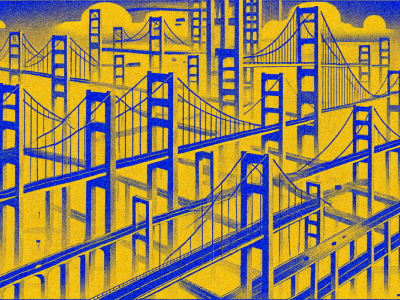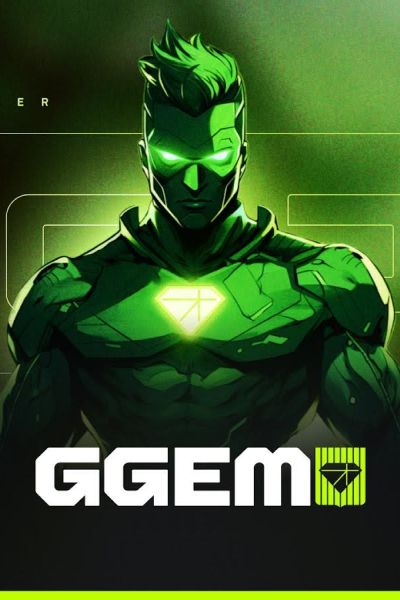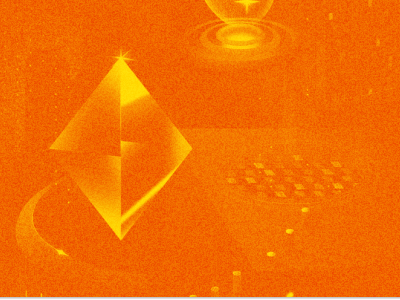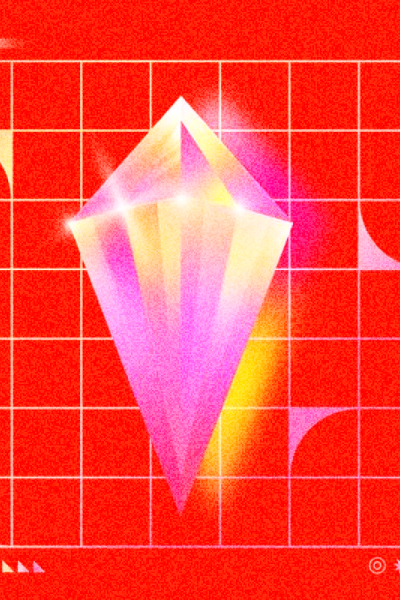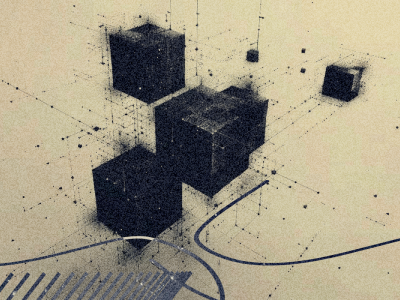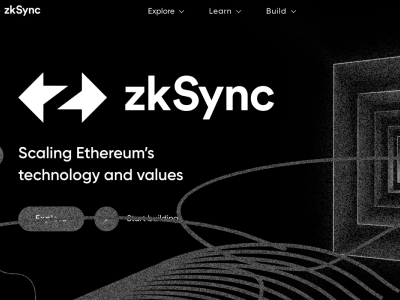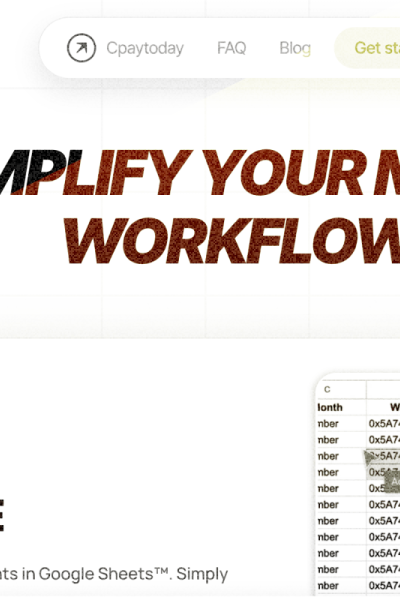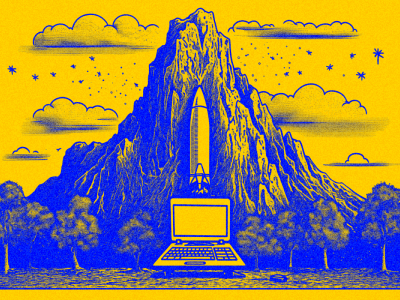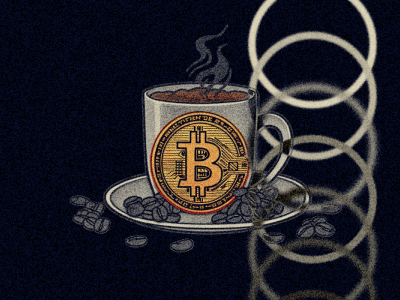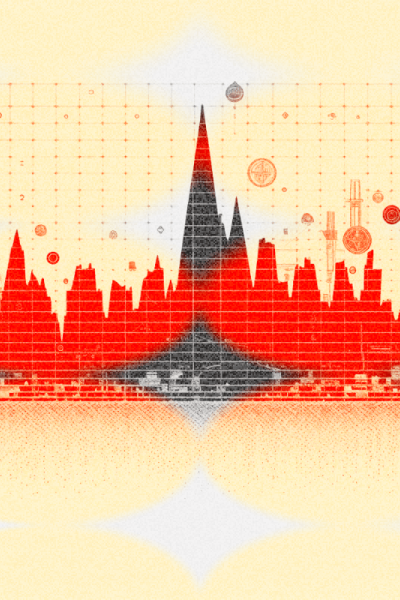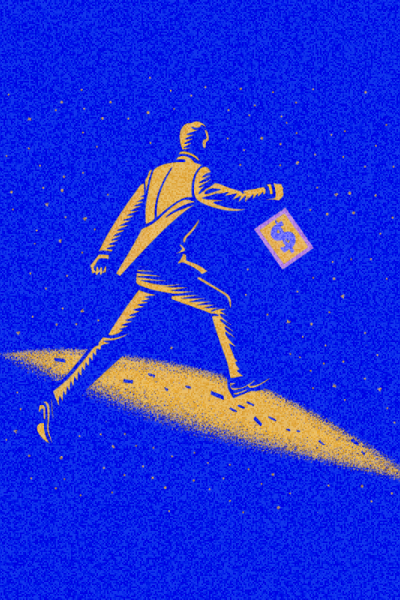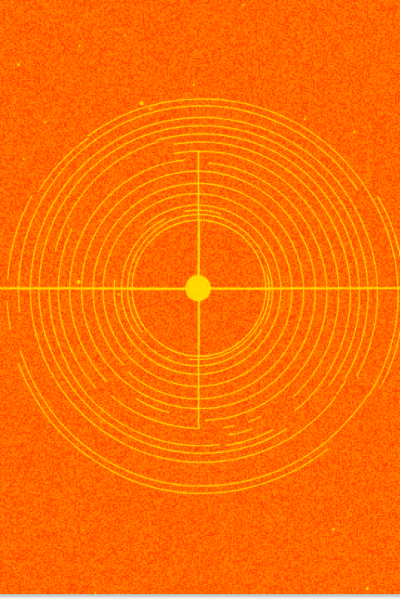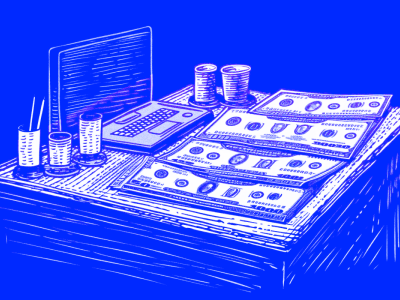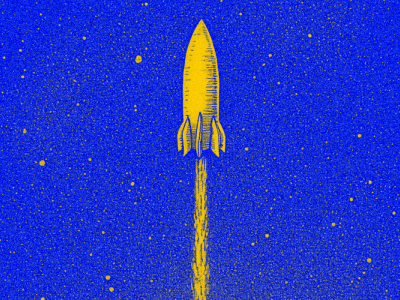If the world seems to be becoming more and more reminiscent of the miniseries "Years and Years" or the novel "Hotel New Rose," you may have wondered if technologies that are not controlled by massive corporations and a financial system in which only their owner manages assets, are possible.
The answer to this question can be Web3 — the third generation Internet, which is based on blockchain technology. Web3's goal is to create a decentralized network of computers owned by individuals or businesses that is not controlled by corporations like Google and Meta, and where tools like blockchain, cryptocurrency, NFT, and DAO will allow each user to independently manage their funds and privacy, which should eventually lead to the implementation of digital democracy and the reduction of corruption, fraud, arbitrariness of power, and other abuse of people's trust.
In a nutshell, the essence of Web3 is the exclusive ownership of data.
So far, Web3 as the basis of a new, secure digital economy is an idea rather than a reality. The implementation of this concept is still in its early stages, and no one can guarantee that it will ever be fully realized. Such global ideas always raise concerns, for example, that control over data will pass from corporations to another group of the technocratic elite instead of to users. Criticism has also been leveled at the obviously ungreen approach to using blockchain technology, which necessitates massive amounts of electricity — which, in light of Europe's current energy crisis, is unthinkably wasteful.
However, Web3 has grown rapidly in recent years. Even if you're one of the 51% of users who don't understand Web3, you've probably heard of bitcoin or the metaverse. You've probably considered how to create content or transfer personal data over the Internet without entrusting ownership to third-party intermediaries like Instagram or Some-central-government-commercial-bank. Crypto applications now provide these opportunities.
NFTs are experiencing a real boom, the number of cryptocurrency users in the world is expected to amount to 994.30m users by 2027, and new startups and decentralized applications are emerging on various blockchain platforms. As the year comes to a close, we look ahead to 2023 and want to list some of the Web3 application trends that will emerge.












